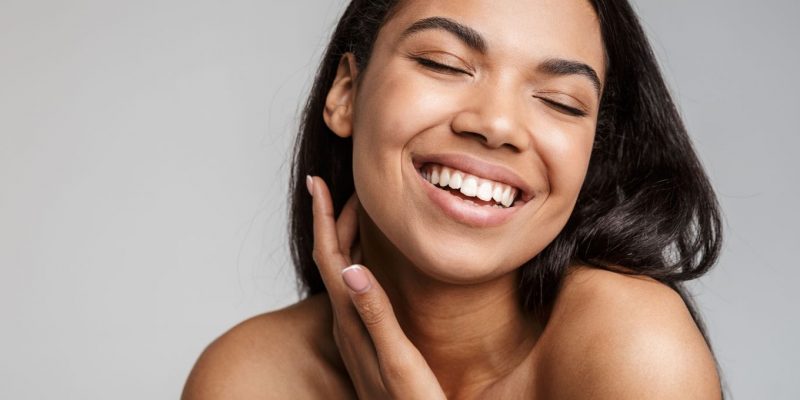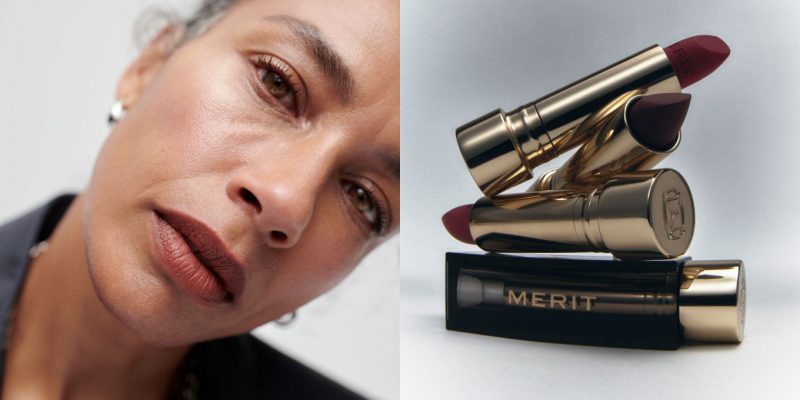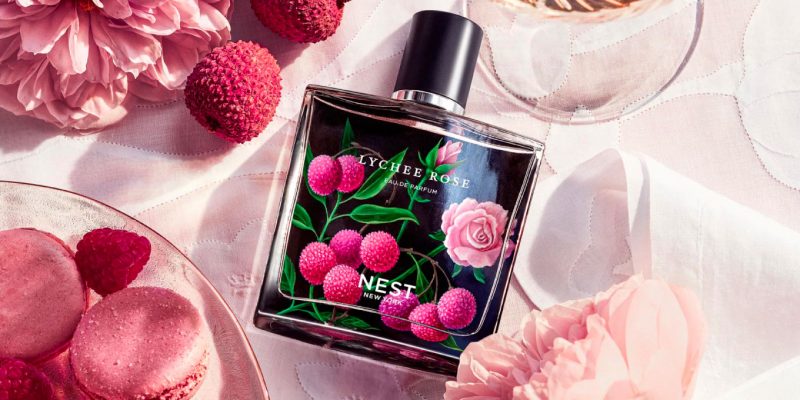Skincare
“Digital Aging” Is the Buzziest Phrase in Skincare
Here's how to protect your skin – both indoors and outdoors.
by : Ingrie Williams- Jun 24th, 2020

Imaxtree
Thanks to the necessity of physical distancing and WFH guidelines, it’s safe to say that our summer plans have been, well, altered. But one thing that shouldn’t change – no matter what the calendar says – is having a plan to protect your skin. Spending the majority of your time indoors is not, and has never been, an excuse to avoid daily SPF use. That’s because “UV light still gets through windows,” says Dr. Julia Carroll, a Toronto-based dermatologist and co-founder of Compass Dermatology. “UVA and UVB [rays] are more damaging, based on what we know right now. But we’re talking about blue light.”
Blue light, a high-energy visible light that’s naturally present and can also be emitted from devices, has previously been discussed in relation to eye health and its effects on sleep. But now, illuminated (pun intended) by 2020’s off-the-charts screen time, “digital aging” from blue light is the buzziest phrase in skincare. Brands like StriVectin and Ava Isa have launched products that combat blue light’s photo-aging effects using French rice germ or Micah, a preventive compound, while others, like Indeed, use supercharged antioxidants to fight damage.
“The majority of blue light that we’re exposed to comes from the sun, and a tiny portion of it comes from screens,” says Carroll, noting that although there is still limited research available on blue light’s impact on skin, a small but well-done study did show that it triggers hyperpigmentation and redness. “[This] highlights the fact that we should be paying attention to blue light as a potential source of skin damage. The more worrisome culprit, in terms of exposure, is the sun.”
Physical-sunscreen formulas offer skin protection from both the sun and blue light and also shield against UVA and UVB rays. (Look for the active ingredients zinc oxide and/or titanium dioxide.) While previous versions were maligned for their chalky feel and white residue, new formulations boast melt-into-skin textures and the ability to disappear on all skin tones. (See Dermalogica Invisible Physical Defense SPF 30 and Ava Isa Sun-é-Serum Drops SPF 35.) Carroll, who prefers a mix of physical and chemical filters for best coverage, calls out the importance of a broad-spectrum formula with a minimum SPF of 30. Clothing, hats and avoiding the sun will also help safeguard skin. “Sunscreen is only one part of the equation,” says Carroll.
Shop Blue Light Blockers:
Dermalogica Invisible Physical Defense SPF 30 ($77)
Indeed Laboratories Hydraluron + Moisture Mist ($25)
Supergoop! Unseen Sunscreen SPF 40 ($45)
Sisley Paris SisleYouth Anti-Pollution ($245)
Ava Isa Sun-é-Serum Drops SPF 35 Sunscreen ($45)
StriVectin Full Screen Broad Spectrum SPF 30 ($45)
This article originally appeared in the Summer 2020 issue of ELLE Canada. Subscribe here. Buy a digital copy of this issue here or on Apple News+.
READ MORE:
Caroline Hirons’ Debut Book Is Essential Summer Reading for Every Beauty Lover
Newsletter
Join our mailing list for the latest and biggest in fashion trends, beauty, culture and celebrity.
Read Next

Decor
10 Amazon Decor Finds That Belong in a Designer’s Home
Yes, Amazon.
by : Maca Atencio- Apr 29th, 2024

Fashion
Pregnant Bellies Are Moving Into the Spotlight
Viva la MILF!
by : Jillian Vieira- Apr 29th, 2024

Beauty
ELLE Tried It: Five Serums to Up Your Skincare Game
Members of the ELLE team tested Avène Dermatological Laboratories’ five new concentrated serums. Here's what they thought.
by : ELLE Canada- Apr 25th, 2024










